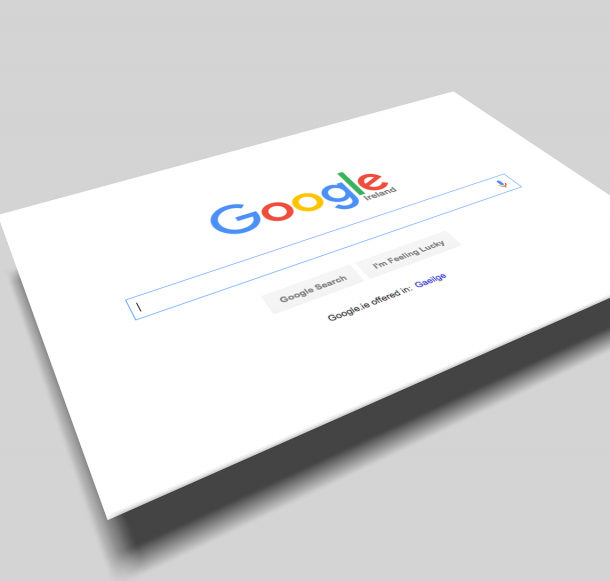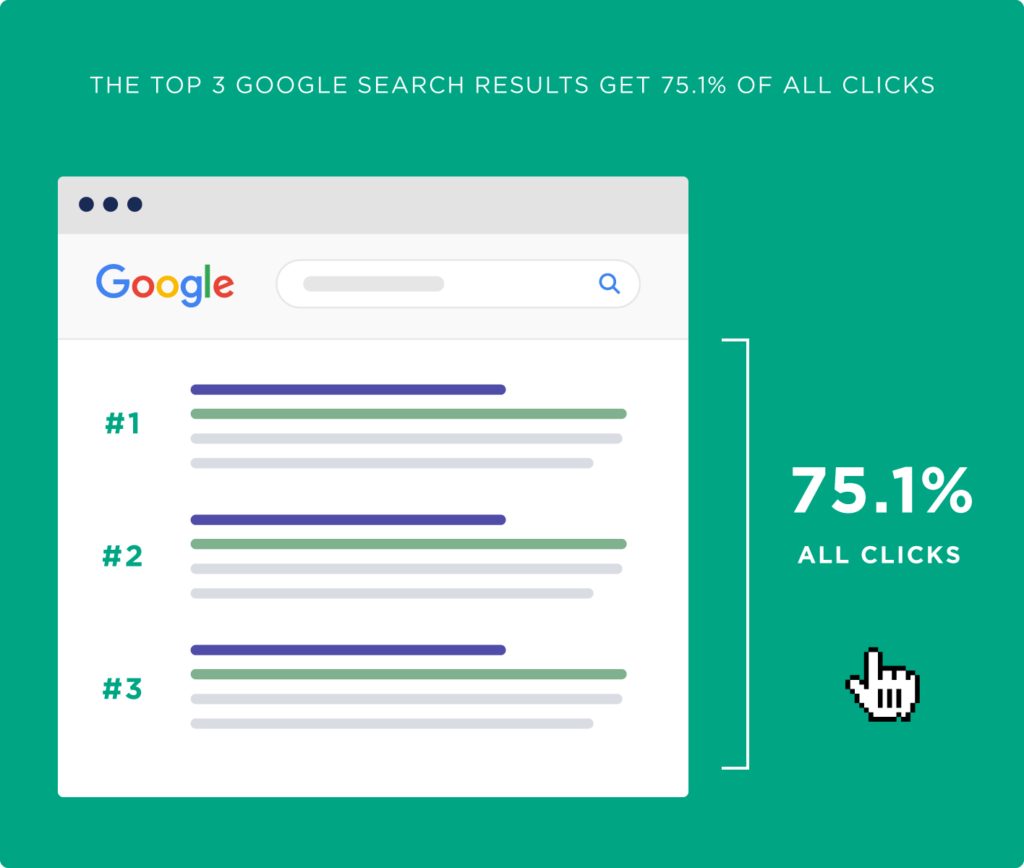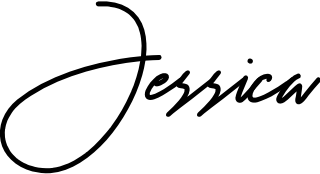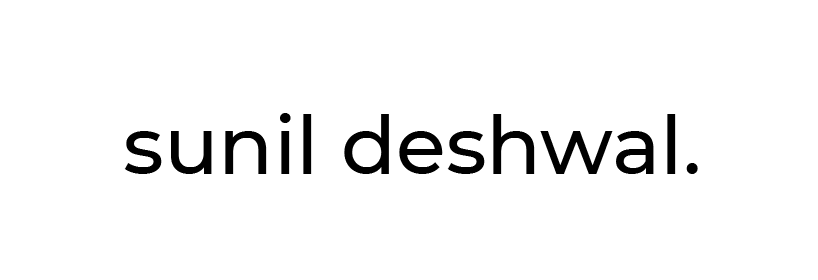
9 Tips to Improve the Conversion Rate in Google Ads
Being an advertiser, it’s your one of the most crucial KPIs on any advertising platform. Performance marketing is typically evaluated with the 2 metrics, namely Conversion Rate and ROAS. A client is more concerned with the sales figure and the profitability in response to the advertising spend and agency costs.
And, to achieve that, you need to improve the conversion rate.
The formula of conversion rate is:

You do continually optimize your campaigns to get the better return and conversion rate. You’ll find so many experts over net talking about improving your conversion rate in Google ads, there is always a need to try them wisely as some may just waste your time and others may be a gem for you but an experiment is always required in ad campaigns.
In this post, I’ll provide you with 8 strategies you can use to improve conversion rate and return for your clients’ campaigns. And, here they are:
- Improve the Quality score:
- Experiment and Adjust your keyword match types: Consolidated vs segmented
- Right grouping of keywords:
- Choose a right bidding strategy aligned with your goal
- Use negative keywords
- Remarketing strategies for your campaigns
- A/B testing of each element of the campaign
- Effective ad-copy
- Structure of the campaign and ad group: consolidated vs segmented.
Let’s deep dive into all of the above factors
1. Improve your Quality Score
We know that top 3 positions on the SERP gets the most of the clicks in the SERP.As per Backlinko.com, the top 3 positions get the 75.1% of the total clicks on SERP.

(Image Source: Backlinko)
To get on these top positions, you need to improve your QS (Quality Score). This QS is used by Google to calculate the Ad-Rank in every auction to determine the position of ads participating in the auctions.
Ad-Rank = QS x max. CPC bid. The ad with Ad-Rank 3 gets the no.1 position, Ad with Ad-Rank 2 gets the 2nd position and the ad with Ad-Rank 1 gets the 3rd position.
The quality score consists of 3 sub-factors:
A). CTR: Click-through rate. Google considers it most while determining the QS in search ads. The CTRs which Google considers are: Account CTR history, Ad-Keyword CTR history, Geographical CTR history, Display URL CTR.
B). Relevance: Relevance is the 2nd factor Google loves to see how much relevance is there between ad & keyword, between keyword & query, and between ad & landing page. So, to optimize for it, you need to make all these things aligned.
C) Landing page experience: You need to create an unforgettable visitors experience by optimizing it for: the best page load speed, making it easy to navigate with all the necessary info at the easy to find a place on the page, making your page transparent by showing privacy policy and terms & conditions on the page so that visitor can feel a sense of security while visiting your page and setting up the correct robots.txt file so that the Google’s spiders as they read this file only.
By working hard on these above 3 factors, you can definitely improve your quality score and ultimately improvement in the conversion rate.
2. Experiment and adjust your keyword match types
Among the 4 keyword match types available in Google Ads; Broad, Broad match modifier, Phrase, and Exact, you need to choose the one which is right as per your goal, budget, and where the searchers lie in the funnel. Broad match types have the least cost per click followed by BMM, Phrase and Exact in increasing order of CPC. Also, CTR is maximum in case of exact match and least in broad match. But, broad match gets the highest no. of impressions and exact lowest.
CPC: Broad<BMM<Phrase<Exact
CTR: Exact>Phrase>BMM>Broad
No. of impressions: Broad>BMM>Phrase>Exact.
So, you need to experiment with the match types to check for which one improves the conversion rate and then use the one giving the best conversion rate and lowest cost per conversion.
You can make different ad groups for each match type keywords or can consolidate the match types that have the same search intent in a single ad group in the campaign if using smart bidding strategies.
3. Right grouping of keywords to improve the conversion rate
You would like to see a low CPC and better conversion rate in your Google ads metrics. For that, you need the right grouping of keywords based on the level in the funnel your audience lie. Now how will you get to know that where your audience lies in the funnel?
So, here it is, People search for their answers in different ways as they feel differently about a problem. So, based on their queries you have to understand where they lie in the buying funnel, whether in awareness or interest or desire or action.
Group your keywords for each level of the funnel and then target the relevant audience. For example, if a query is “How to reduce the belly fat”, it suggests that the searcher is either in the interest phase. Another example, “Fat burner online”, suggests that the searcher is either in the desire or action phase.
Effectively grouping keywords with the same intent will definitely improve the conversion rate.
4. Choose a right bidding strategy aligned with your goal
For every goal, you need to select the right campaigns and the right bidding strategy. Also, you will be experimenting with manual bidding strategies vs automated bidding strategies for better results.
It’s not logical to say which one would work best whether manual or automated. For example, the target CPA is semi-automated and max. conversions are a fully automated strategy, and which will work better it’s a matter of experimentation for your campaigns and also based upon the goal. If the goal is just to get the max. no. of conversions then max. conversions strategy can work better than target CPA and if the goal is to get most conversions under a specified cost (called target cost per conversion), then target CPA bidding strategy will work better for you.
So, experiment and select the best bidding strategy in Google ads for your campaign to improve the conversion rate.
5. Use negative keywords
To get rid of bad clicks, you need to add negative keywords.
- If you are using broad match keywords then use as many negative keywords as positive keywords you’re using else get ready to show your ads on irrelevant search queries.
- In BMM and phase match types as well, you’ll be adding negative keywords.
- But, in exact match keywords, you can go well without negative keywords.
While analyzing the search terms daily in your campaign, you can add some irrelevant search queries as negative keywords. By default, Google will ask you to add the search query as exact match negative keywords to spend on bad clicks but you can change that exact to broad match negative.
So, by getting rid of bad clicks, you will see an increase in conversion rate.
6. Remarketing strategies for your campaigns
- According to Firestar research, only 3% visitors convert in their first visit to website i.e. 97% visitors don’t convert in their first visit.
- According to the research done by Nielson in conjunction with Google, on an average a customer visits a website 6 times before a conversion.:
- It means, it is must to run remarketing campaigns to get your brand and products in front of your visitors and to give them special offers to entice them. Remarketing display campaigns always have a better conversion rate than a simple display campaign.
- The remarketing types you can use are: Standard display remarketing, Dynamic remarketing(for shopping), Remarketing for video viewers and Remarketing for app users.
- Using remarketing will definitely improve the conversion rate.
7. A/B testing of each element of campaign
A/B testing is required at campaign level, adgroup level and ad level. You never what will work and what not. Guessing may leave you with loss of money and time so be quick to check the variations at all the 3 levels. The variations which you can check: bidding strategy, bids, audience, locations, ad-scheduling, match types, headlines & descriptions.
8. Effective ad-copy
Your ad-copy is the heart of your campaign. Without an effective ad-copy, it’s impossible to persuade one to click on your ad.
7 important tips for great copywriting:
- Create a customer persona. Don’t write a single word until you know your ideal customer well.
- Set a clear-crystal goal.
- Evoke an emotion in you ad copy.
- Write like you speak. Never robotic writing.
- Use a combinations of features and benefits.
- Avoid jargons and try to write not more than 12 words per sentence.
- And, be helpful.
9. Structure of the campaign and ad group: consolidated vs segmented
Sometimes, over-segmentation of campaigns and ad groups makes things complicated and the data can overwhelm you. Now, Google automation can work with any account structure.
You can use a consolidated account structure where it will be easy to control over budget, better predictions, simplified reporting, easy to locate spikes in performance or irregularities. Still, you can use segmentation on an ad-group level based on a more relevant ad copy or based on the landing page.
So, with Google’s automation in campaigns, automated bidding strategies, etc., you can better utilize your saved time with worthy communication with clients and for bigger projects.
By following these practises, you can surely improve your Conversion rate. Let me know in comments if anything important is missing!
Sign up here to get every free course in your email


